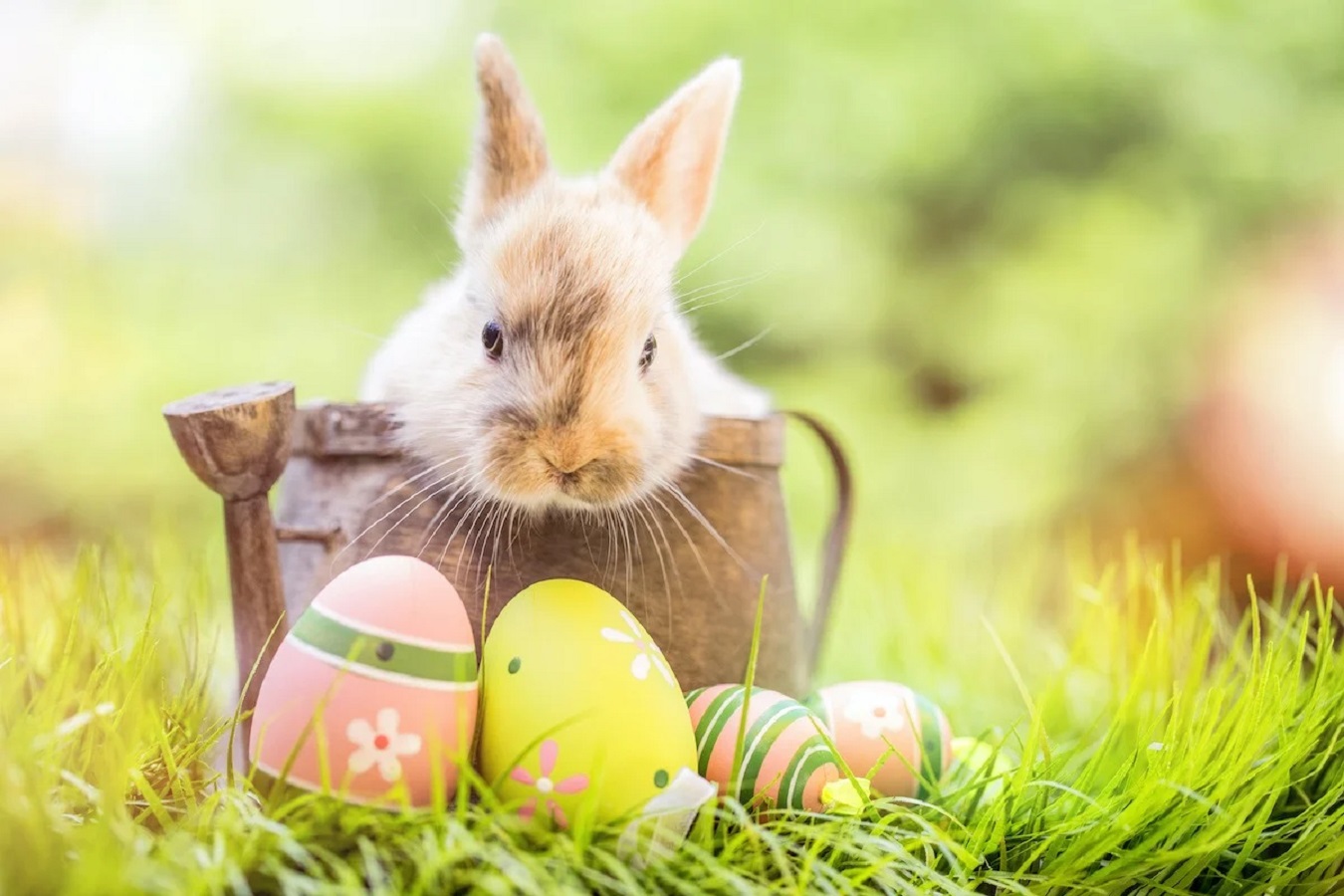Easter Holidays - Discover the Most Fascinating Easter Traditions
Easter is the most important Christian holiday. The Easter celebrations are very glamorous - they are connected with many traditions passed on from generation to generation. Are you wondering what are the true origins of Easter? Check the most significant Easter symbols, learn what to put in the Easter basket and how to prepare Easter breakfast.

A short history of Easter holidays
Easter holidays are the most important event in the Christian calendar. Their history is connected directly with the life of Jesus Christ during his final days. That’s why the most important days of Easter, so-called Holy Week include:
- Maundy Thursday - the Last Supper commemoration,
- Good Friday - the death on the cross,
- Holy Saturday - Easter Vigil,
- Easter Day - resurrection.
The Easter Sunday is known in most languages by names derived from the Greek and Latin Pascha which is directly connected to resurrection. Germanic languages are the only exception here.
As it turns out, Easter holidays are somewhat connected to pagan traditions. The English name Easter, but also German Ostern both refer to the goddess of fertility Ēostre. Celebrations used to be held in her honor at the beginning of spring. Two Easter symbols were particularly critical in the process of adoption of Easter feast by Christianity - a chick and a bunny. The former represented new life, and the latter referred to fertility.
How is Easter celebrated across different faiths?
Easter is acknowledged by the Roman Catholic Church, the Eastern Orthodox Church, as well as Protestant denominations. Because of this, Easter traditions differ, although there are similarities between them.
In the Catholic Church, Easter is preceded by forty days of Lent, when many people make various resolutions, e.g. to avoid sweets, alcohol or partying. The Paschal Triduum begins on Thursday and ends on Monday, when Jesus’s road to Emmaus appearance is commemorated.
The Eastern Orthodox Church celebrates the Great Week, and the night between Saturday and Sunday is called the Paschal Vigil. Interestingly enough, a loaf of bread is blessed and shared between the liturgy participants.
Protestant denominations have various Easter traditions - everything depends on a particular community. Nonetheless, it’s a joyful time for the faithful - singing and festive atmosphere are typical for this time.
When is Easter?
Easter holidays are characteristic, as there is no fixed date. It’s a so-called “movable feast”, which falls on a different day each year. As everything related to Easter, it’s a result of history and old traditions.
Are you wondering when Easter is? To calculate the date of Easter, you have to consult the 14th day of Nisan in the Hebrew calendar, the first full Moon of spring and the Gregorian calendar. Because of all these factors, Easter falls:
- no earlier than March 22,
- no later than April 25.
Easter customs - Polish Easter traditions
Easter in Poland is strictly connected to church ceremonies, attended by the faithful. The most important ones take place on Holy Saturday, when food is blessed. Easter baskets containing food are brought to church or to a set place, e.g. a shrine, where a priest comes and performs the blessing ceremony.
On Holy Saturday evening, Christians go to church, where Easter Vigil liturgy is performed. Afterwards, there is a procession around the church, when the faithful walk around it three times. After the procession, people sing songs about the resurrection, and church bells are rung.
The Resurrection mass refers to announcement of the resurrection of Christ. When it is performed, depends on a particular parish. Some churches celebrate it in the Sunday morning - usually at 6 (although it’s an agreed on hour as well).
Eating breakfast together is one of the Polish Easter traditions. Easter basket contents are eaten then. The table is set with other types of Easter food:
- stuffed eggs,
- salads,
- meats,
- Easter babka cake,
- mazurek cakes.
Younger children often bump eggs, competing with each other to see whose eggshell will break first. In some regions, toddlers are visited by “the Bunny” who leaves gifts for them to find in the garden.
Easter traditions around the world
Easter is celebrated in many countries around the world. Every country, or even its regions have their individual traditions and customs, passed on from generation to generation. Check a few of them below:
- In France, people search for chocolate eggs left by the Easter Bunny. They are left not only in gardens, but also by churches and other public places. They are a gift for the youngest, but also for adults.
- Australians hunt for eggs as well - but regular ones. In exchange, they receive sweet treats. Because rabbits aren’t liked animals in Australia, as they are considered pests, the Bunny is not very popular there. It’s replaced by a bandicoot.
- Lithuanians go a step further and dress up as bunnies and hunt for Easter eggs and sweets together. There is a belief that if a child behaves well throughout the whole year, they will find beautiful Easter eggs. Naughty toddlers find regular undecorated eggs.
Easter in the United States is celebrated a bit differently. Here, as with every big even, a special parade is held, when one can admire the beautifully dressed participants. Sometimes, the viewers decide to dress up as well.
Czechs prepare small willow switches, decorate them and use them to “whip” women. Such a ritual is supposed to improve their vitality and fertility.
Some regions organize firework shows. They use many colors referring to Easter.
Decorating home for Easter
Easter holidays are not just about a spiritual event or following traditions. It’s also time when one decorates one’s home. To do this, you can use spring decorations or Easter wreaths, which have been popular recently. Make sure your house is full of flowers and colors. Some pick pastel colors. This way, you can truly feel the awakening from winter.
Featured articles




